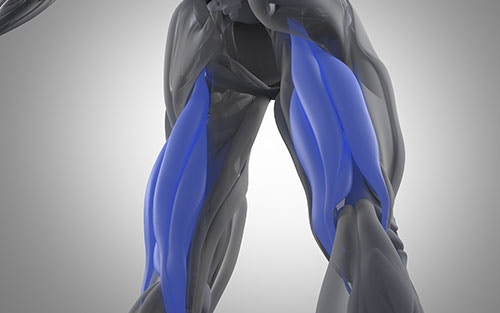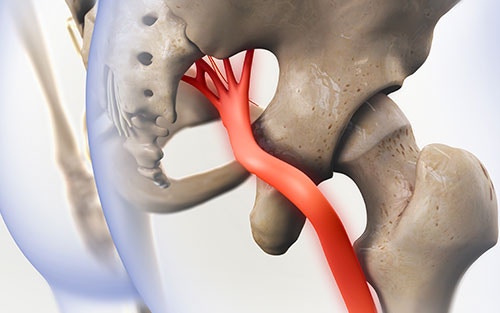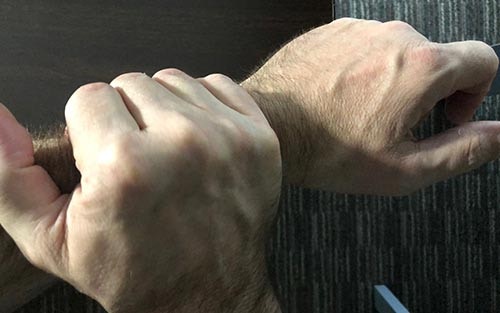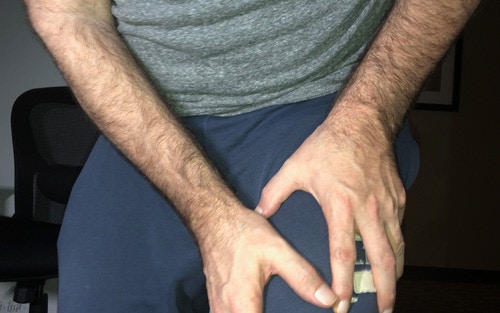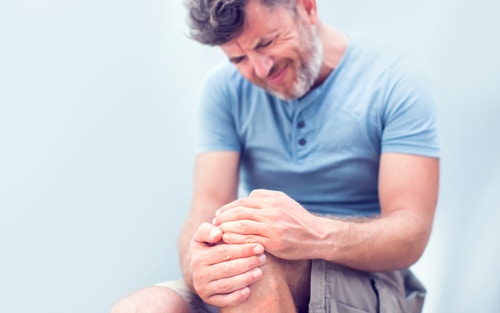Hamstring Strain Rehab
Prevent a hamstring injury from stealing your mobility and active lifestyle. Knowing how to heal from a hamstring strain/pull will help you quickly get back to your normal activities. yourfootpalace.com gathered information on what a hamstring strain is, symptoms, and what you can do to recover from it. What is a Hamstring Strain? A hamstring … Read More
